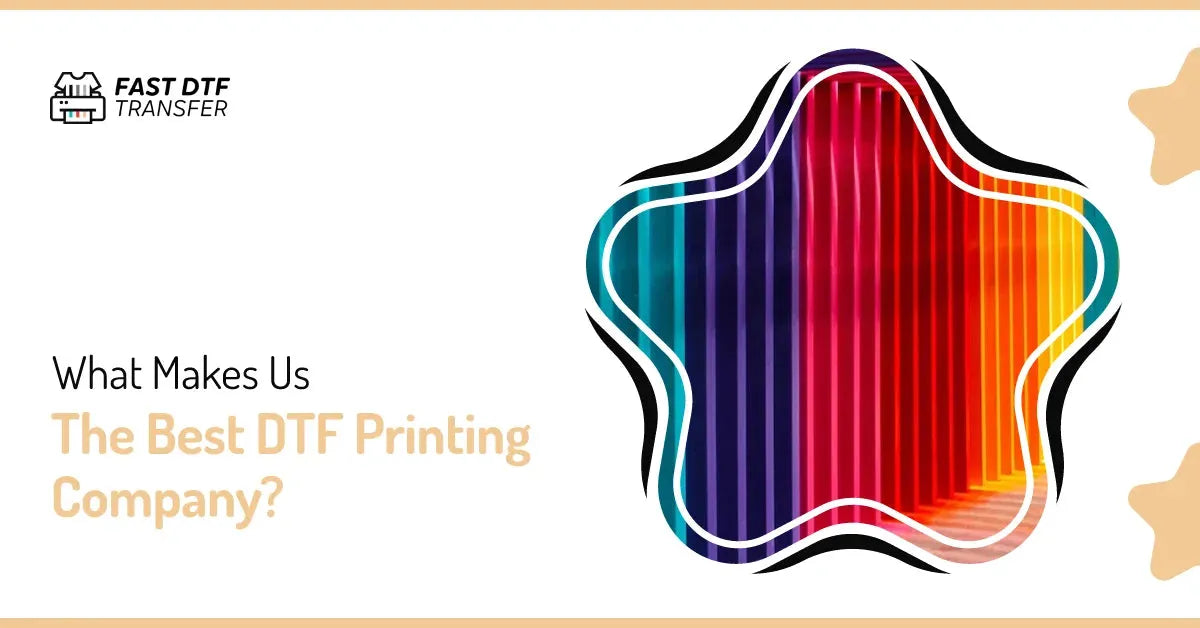Direct to Film Printing: Maximizing Your Artistic Vision and Creative Potential
Direct to Film printing has become an essential tool for creators who want to express their ideas across a wide range of fabrics. It allows designers, artists, crafters, and small businesses to bring unique concepts to life without the limitations often found in traditional printing approaches. Whether your goal is to produce a single custom piece or a full apparel line, this technique offers flexibility, consistency, and impressive creative freedom.
Exceptional Detail and Visual Accuracy
One of the strongest advantages of this method is its ability to capture fine detail with clarity. Complex illustrations, thin line art, and lettering with delicate curves can be transferred accurately, preserving the original intent of the design. You do not need to simplify artwork or remove intricate elements. Instead, the final print reflects the precision and character of your creation, making it ideal for artists who rely on detail to convey their message.
Reliable Results Across Fabric Types
Another benefit is its adaptability to a wide range of materials. Lightweight cotton, thicker blends, and textured fabrics all accept the transfer well. This reliability encourages creators to experiment with different garment styles and product categories. Whether producing streetwear, themed merchandise, or personalized gifts, you can maintain a consistent visual standard across your entire collection.
Durability for Long-Term Use
Direct to Film Printing are known for durability, which makes them practical for everyday wear. The transferred design resists cracking, fading, and peeling, even after repeated washing. This long-lasting performance ensures that customers receive products that retain their color and clarity over time. As a result, creators can offer apparel that not only looks impressive but also maintains its quality through regular use.
A Streamlined and Efficient Production Workflow
This printing method is appealing not only for its visual results but also for its efficient workflow. Designers prepare artwork digitally, print it on film, apply the adhesive powder, and cure it with heat. Once ready, the transfer can be applied quickly to the garment. The entire process is straightforward and suitable for both beginners and experienced creators. Small businesses especially appreciate the ability to produce high-quality results without extensive setup or complex equipment.
Creative Freedom and Artistic Exploration
For those who value artistic expression, this method opens the door to experimentation. Vibrant illustrations, gradients, layered graphics, and photographic designs can all be reproduced with impressive impact. You are free to explore different aesthetics, whether bold and dramatic or soft and minimal. This flexibility supports the development of a recognizable style and enables creators to present their artistic identity in new and meaningful ways.
Accessibility for Small Studios and Independent Creators
Starting with Direct to Film printing does not require a large workspace or significant investment. Compact equipment and easy-to-learn techniques make it accessible for home-based businesses, hobbyists, and small studios. The manageable learning curve encourages new users to experiment with confidence, while still achieving professional-looking results. As skills develop, creators can expand their product offerings and explore more advanced design concepts.
Business Potential and Market Opportunities
Beyond its artistic strengths, this printing approach supports long-term business growth. Brands can introduce personalized items, niche product lines, and limited-edition releases with ease. Because transfers can be stored and used later, creators gain more control over production volume and timing. This flexibility reduces waste and helps maintain efficient inventory management. For businesses focused on responsiveness and customization, the method offers a practical advantage.
Ideal for Events, Promotions, and On-Demand Projects
The technique is also excellent for event merchandise and promotional apparel. Whether preparing garments for festivals, sports teams, corporate functions, or fundraising events, creators can rely on this method to deliver visually appealing items quickly. Its combination of speed and quality makes it well-suited for situations where deadlines are tight and results must be consistent.
Creative Experimentation and Artistic Growth
Designers who enjoy exploring new visual ideas will find this method particularly inspiring. It translates subtle shading, bold color palettes, and unique compositions into wearable art with impressive accuracy. Whether producing expressive illustrations or clean minimalist designs, the process supports diverse creative approaches. This freedom encourages experimentation and growth, allowing creators to discover new techniques and refine their artistic voice.
Empowering Artists and Businesses Alike
Ultimately, Direct to Film printing bridges the gap between imagination and finished product. It allows artists to maintain full control over their designs while offering the consistency needed for commercial production. Whether you are building a brand, expanding an existing collection, or simply exploring new ideas, this printing method provides a reliable path for transforming creativity into tangible, high-quality pieces.
A Reliable Choice for Modern Creators
By combining clarity, durability, flexible application, and user-friendly workflow, this printing approach stands out as one of the most effective choices for today’s creators. It supports both artistic exploration and business success, empowering each designer to share their work with confidence and produce apparel that resonates with customers. Through its unique blend of technical capability and creative freedom, it unlocks the full potential of your artistic vision.


